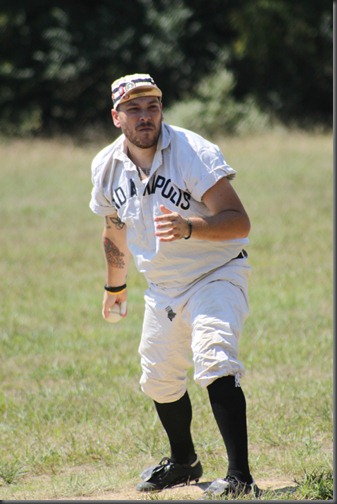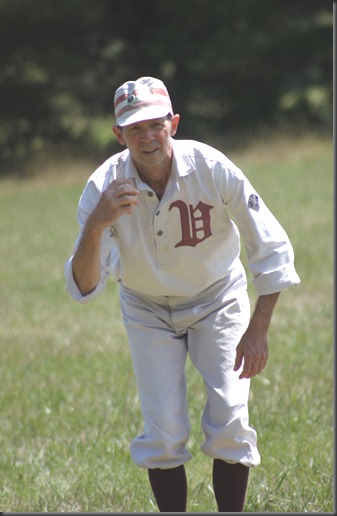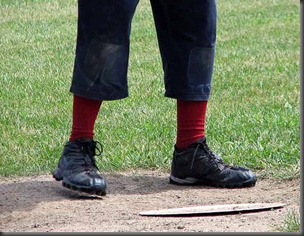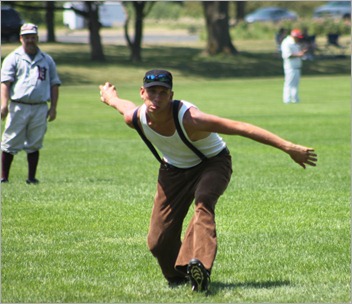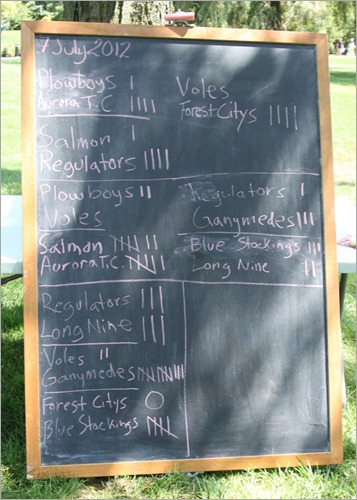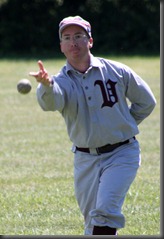Hot Stove League
noun: sports followers (as of baseball) gathering for off-season discussion.
via Merriam-Webster.com
As I looked for a good official definition of hot stove league, I was finding that many of the traditional sources (such as the one above) weren’t to my satisfaction. Interestingly, it was Urban Dictionary that had the best, concise definition in my opinion:
The hot stove is a term used to describe all of the personnel movement in baseball. With all of the free agent signings, trades, hirings, and firings.
So as the term evolved, it does really have two meanings. One, the idea of fans of the game discussing the off-season goings on. Two, it can mean represent those transactions themselves.
The term hot stove goes back as far as the early 1900’s according to some sources. It was seen used in The Sporting News in 1920 according to this source. The idea is that fans would gather around the hot stove to warm themselves and would talk about the upcoming season. It’s akin to modern day water cooler.
Unlike some archaic baseball terms, hot stove league is very much in use today. Here are some examples:
 -MLB.com refers to their online free agent/trade database as the Hot Stove Tracker.
-MLB.com refers to their online free agent/trade database as the Hot Stove Tracker.
-Sports Illustrated files their off-season news at http://tracking.si.com/category/mlb-hot-stove/
-if you’re interested in following all the transactions during the offseason on Twitter, #hotstove is the hashtag you want to follow.
-Tim Dierkes who is editor of the very thorough MLB Rumors.com blog, goes by the Twitter handle @hotstovedotcom
-Illini Baseball holds an annual Hot Stove Banquet
-and practically every baseball podcast out there produces an episode this time of year devoted to free agent signing and player movement. You can bet most of them have a play on the words “Hot Stove”. Like this Indians one for example.
It’s interesting to note that though the term originated from waiting for the cold winter to end and the baseball season to start, the term “Hot Stove” is not necessarily relegated to baseball anymore. It can be used for other sports’ offseasons, as well.
Stay warm, everyone!


